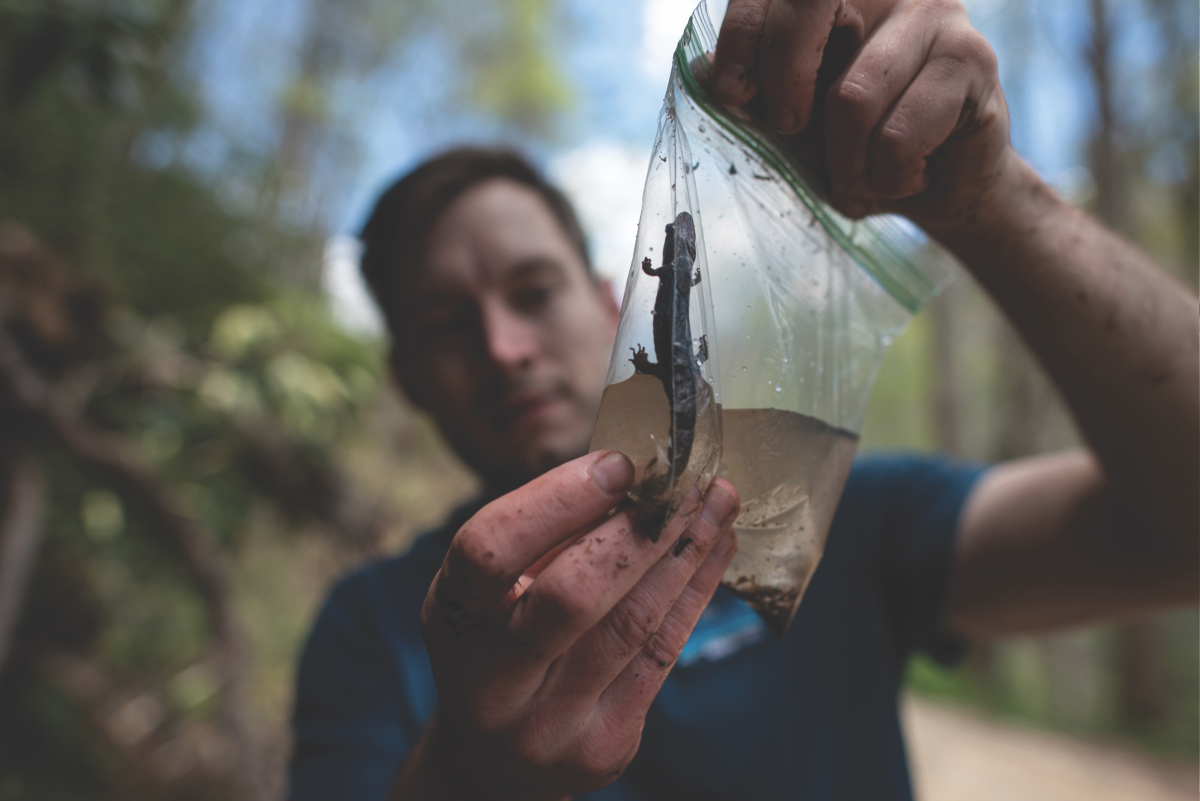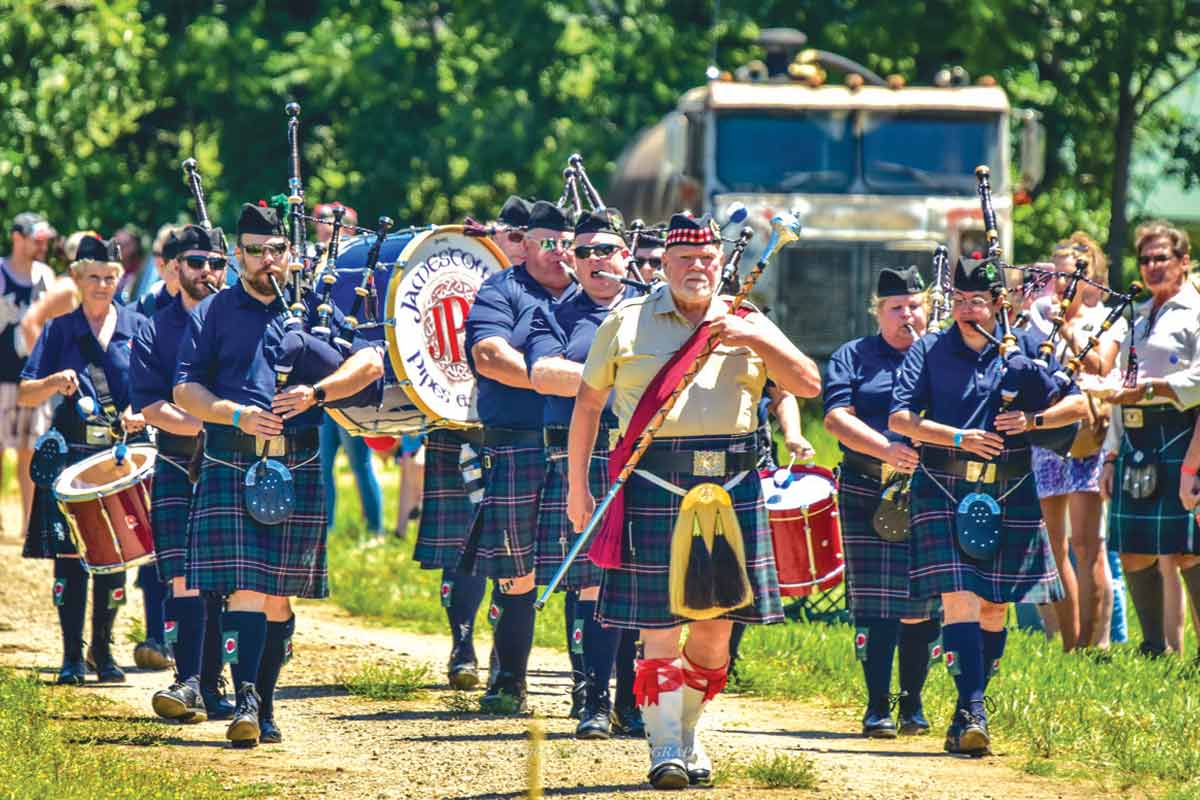Protecting the past: Mounds hold key to understanding Cherokee history
Following the Little Tennessee River miles away from modern civilization in Franklin — past the pavement and subdivisions and through the grassy pastures that line the Cowee Valley — a large piece of Cherokee history remains.
Putting the pieces together: Archeologists continue to uncover mysteries of Cowee Mound
While most people come to Macon County in the summer for a relaxing mountain vacation, Kathryn Sampeck makes the trip down south with a more important mission in mind.
SEE ALSO: Mounds hold key to understanding Cherokee history
With a wide-rimmed straw hat to shield her face from the beaming sun and a pair of worn-in brown leather boots she’s owned for at least 20 years, Sampeck returned again this summer to walk among sacred Cherokee land along the Little Tennessee River banks.
Secluded country store can’t hide from time
 The pungent aroma of morning dew was still in the air and Kelly Sutton had just opened the Big Creek Country Store for the day when the cowbell mounted on the outside of the screen door issued an assertive and punctual clank.
The pungent aroma of morning dew was still in the air and Kelly Sutton had just opened the Big Creek Country Store for the day when the cowbell mounted on the outside of the screen door issued an assertive and punctual clank.
Even today, our republic is on shaky ground
 “What really shaped me was doing all of those community programs and talks, where you could really make a connection with the people around you. It was about getting to interact with people and having them share their memories with you.”
“What really shaped me was doing all of those community programs and talks, where you could really make a connection with the people around you. It was about getting to interact with people and having them share their memories with you.”
— George Frizzell, retiring special collections librarian, Western Carolina University
Sounds so simple. George Frizzell likes to get out in Jackson County and talk to people, interact with them. That’s undoubtedly why some of the most famous writers of this region, people who celebrate Appalachian culture like Ron Rash and Charles Frazier, were eager to talk to our reporter about George when we did an article on him for last week’s paper (www.smokymountainnews.com/news/item/17833).
Cherokee docudrama reveals untold history: Author takes on directing, producing and composing
 Nadia Dean has dedicated the last 10 years of her life to telling a story. It’s a historical account of the complex dynamics of the Cherokee War of 1776, but it’s also a story about relationships, humanity and the decisions that shaped this country. For Dean, who grew up in Haywood County and now lives in Cherokee, it was an untold story that needed telling.
Nadia Dean has dedicated the last 10 years of her life to telling a story. It’s a historical account of the complex dynamics of the Cherokee War of 1776, but it’s also a story about relationships, humanity and the decisions that shaped this country. For Dean, who grew up in Haywood County and now lives in Cherokee, it was an untold story that needed telling.
Gatekeeper to the Smokies: Longtime Western Carolina University Head of Special Collections retires
 I was five minutes late.
I was five minutes late.
Trying to track down a parking spot outside the Hunter Library at Western Carolina University in Cullowhee last week, the task proved difficult, even with the students gone for the summer. Having never stepped foot in the library prior, I entered the wrong door of the building and found myself in the Mountain Heritage Center. After some helpful directions, I walked down a long corridor toward the main lobby of the library. And standing at the end of the hallway, in front of the elevator, was a towering figure. The figure waved at me and smiled.
This must be the place
 America has never been great.
America has never been great.
Let’s just get that out of the way. Sure, we’ve had plenty of high points, moments solidified in time as historic milestones for humanity. But, all in all, we do right now live in, what many could say (myself included) is the greatest era of our country.
Mountain Born & Bred: Haywood journalist releases collection
 Turning the steering wheel onto Johnson Street, one quickly leaves the unrelenting bustle of two-way traffic along N.C. 110.
Turning the steering wheel onto Johnson Street, one quickly leaves the unrelenting bustle of two-way traffic along N.C. 110.
Immediately, you enter the serene suburbia of the quiet dead end road in downtown Canton. Pulling in front of a nearby fieldstone house, the sound of a barking dog can be heard from behind the front door. Soon, the door opens and a friendly face emerges, a neighborly wave hanging above their head.
Sylva writer’s historic cabin purchased by county
 In a tiny cabin on a sliver of property adjacent to the Jackson County Historic Courthouse, Sylva author John Parris spent years putting pen to paper, writing the newspaper columns and books celebrating life in the mountains that would ensure his long-lasting legacy in the hearts of Jackson County’s people.
In a tiny cabin on a sliver of property adjacent to the Jackson County Historic Courthouse, Sylva author John Parris spent years putting pen to paper, writing the newspaper columns and books celebrating life in the mountains that would ensure his long-lasting legacy in the hearts of Jackson County’s people.























